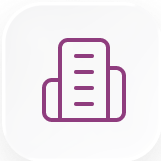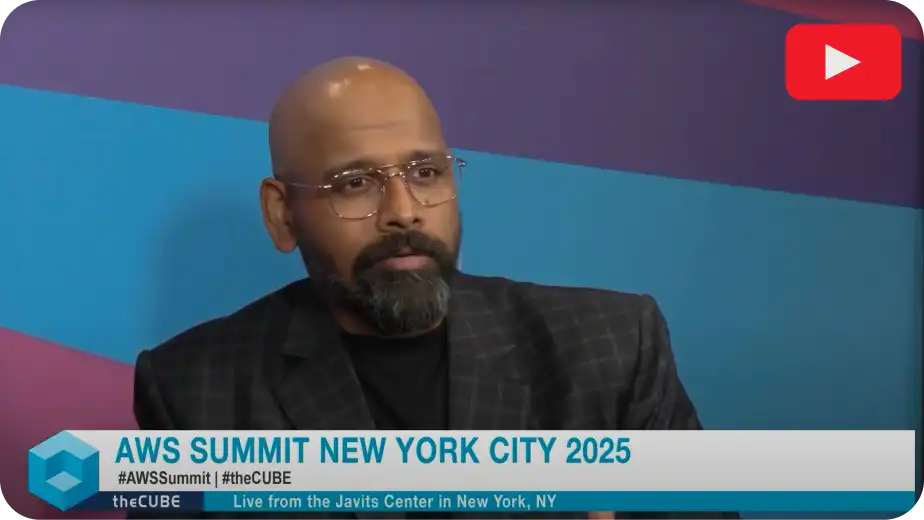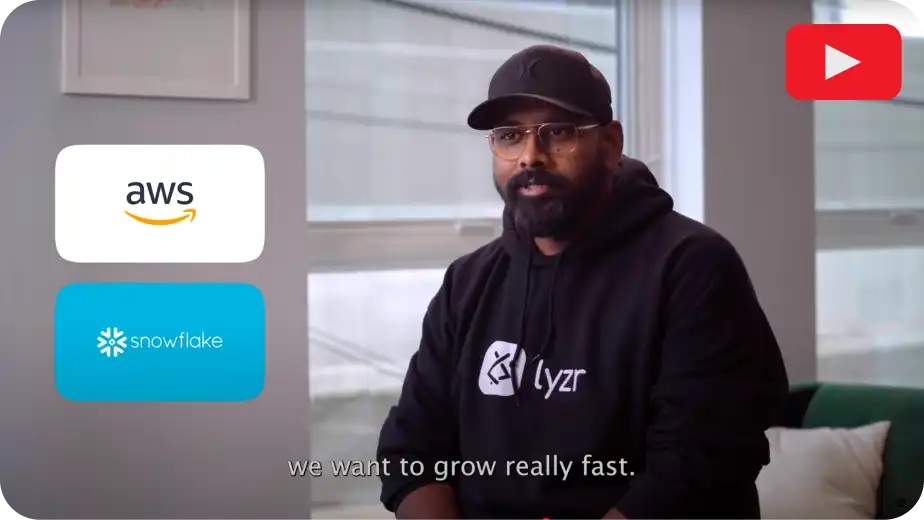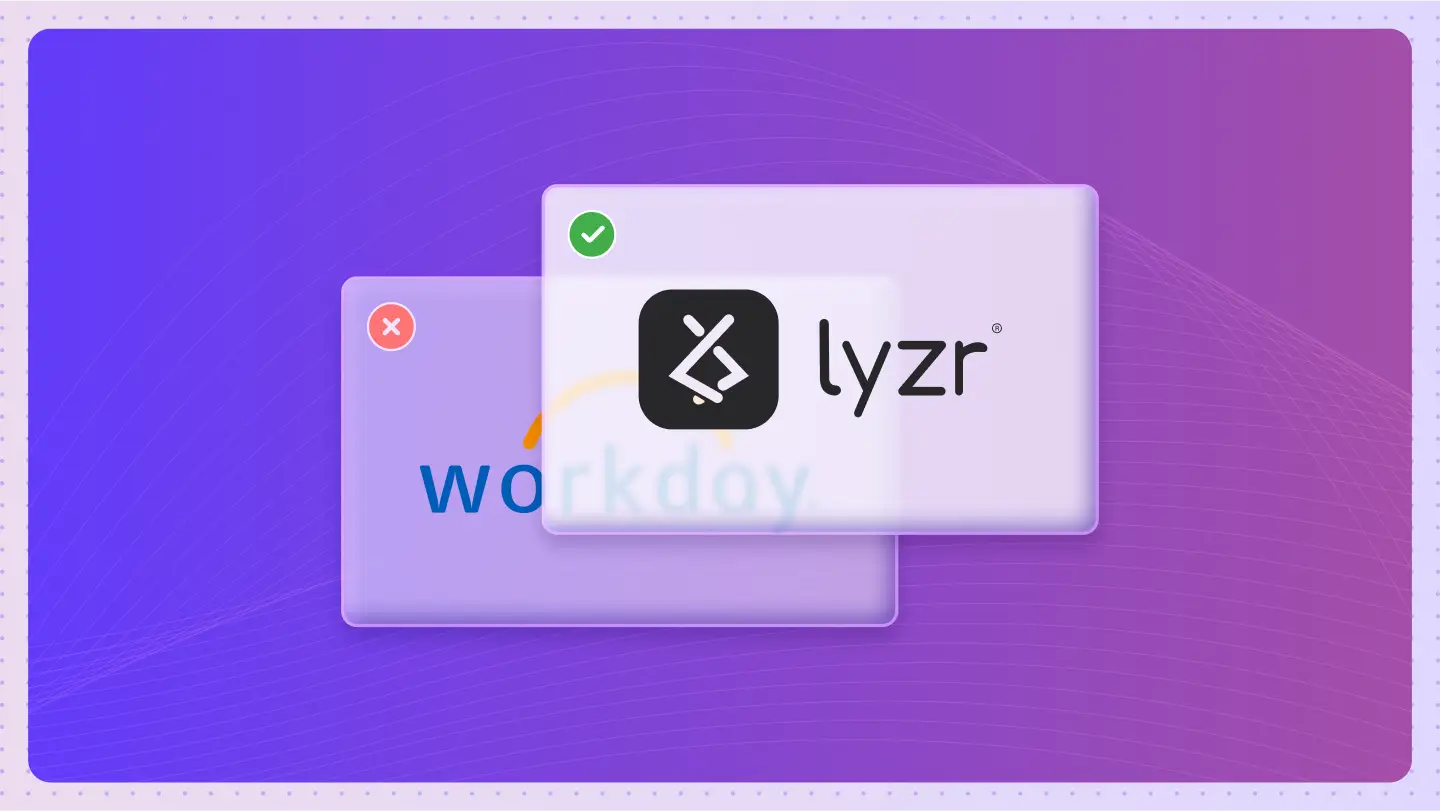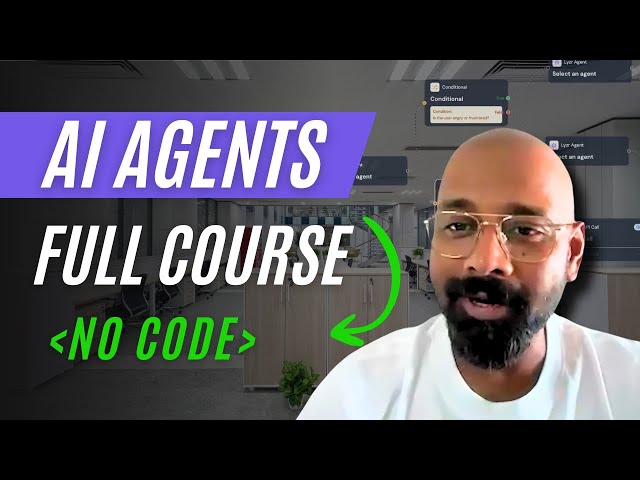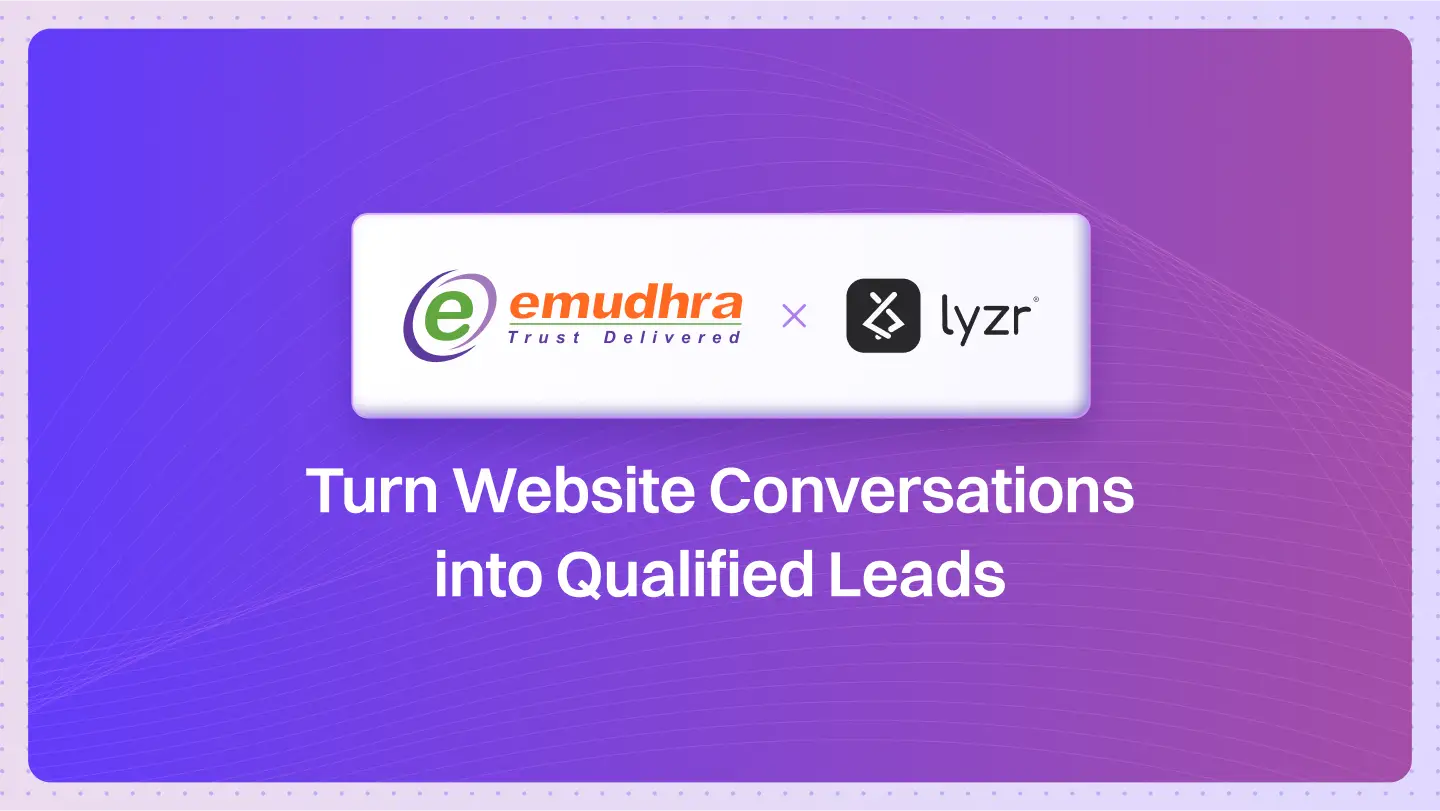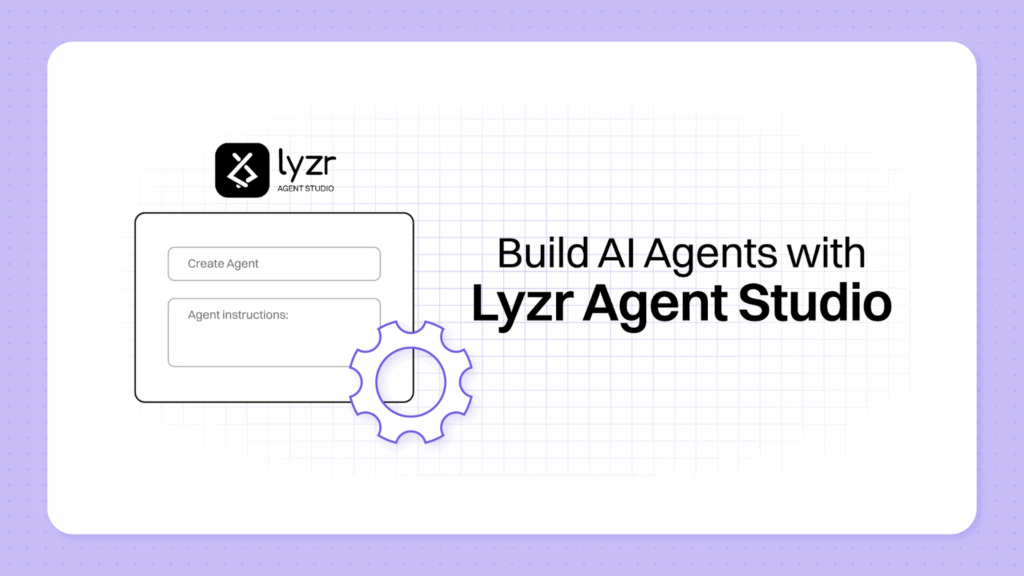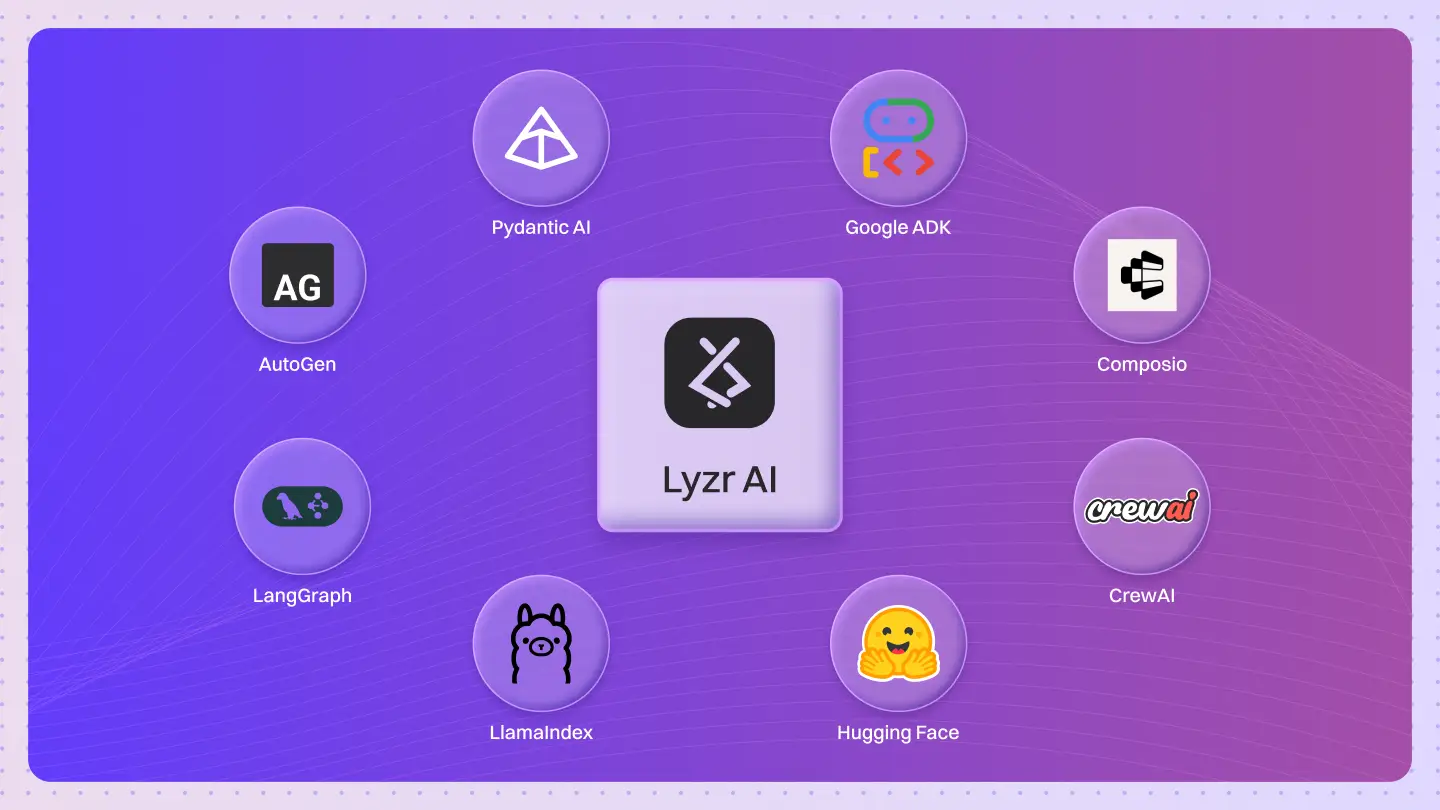Table of Contents
ToggleBusinesses lose up to $75 billion every year due to poor customer experiences. Often, the root cause is simple, missed conversations. When users land on a website and don’t find relevant answers or timely support, they leave. And with every exit, a potential lead is lost.
For companies with a global presence, this problem is even more critical. User expectations vary by region, and static chat interfaces rarely adapt. Support needs to be contextual, fast, and capable of guiding users towards conversion paths like demos or lead forms.
eMudhra, a leader in digital trust services, was facing this exact challenge. With growing traffic across India and global regions, they needed a better way to support users and convert conversations into outcomes.
That’s where Lyzr stepped in. By introducing a multi-agent conversational layer across eMudhra’s websites, Lyzr helped transform passive support into an active, lead-focused experience.
Let’s see how.
The Challenge: What Was Blocking eMudhra’s Conversions
As eMudhra’s digital presence grew, so did the complexity of user needs. Visitors came from different geographies, expecting fast, relevant answers. But the support experience remained rigid, leading to missed opportunities and low engagement.
1. Region-wise Customer Expectations
A significant share of traffic came from both Indian and global users. But the system treated all users the same. There was no logic to adapt responses based on region.
This created friction:
- Global users didn’t receive region-specific guidance
- Indian users didn’t get tailored onboarding or compliance inputs
- The language and tone didn’t shift based on geography
Support lacked regional context. Users were left navigating through generic responses or abandoning the interaction entirely.
2. Static Chat, No Context
The existing chatbot was built on fixed FAQs. It couldn’t understand where the user was, what their intent was, or when a query indicated urgency.
Key gaps:
- No awareness of the webpage or product context
- No ability to detect if a query was support-related or sales-driven
- No escalation or rerouting logic for high-priority requests
The result was a conversation that didn’t evolve with the user, making the experience feel repetitive and disconnected.
3. Lead Potential, Wasted
Even when users showed clear buying intent, there was no trigger to push them toward conversion. HubSpot forms were buried in footers or contact pages, not embedded in the conversation.
Here’s how the missed opportunity played out:
| Visitor Action | System Response | Missed Outcome |
|---|---|---|
| Asked pricing or sales-related queries | Provided static FAQ or generic response | No lead prompt or contact form |
| Navigated product pages | No agent-driven intervention | No real-time engagement |
| Showed urgency | No escalation logic | No routing to relevant workflow |
The lack of lead detection meant users who were ready to engage often left without converting, and there was no mechanism to learn from it.
What is the ideal solution?
To move beyond static chat and tap into high-intent lead conversations, eMudhra needed more than just automation, they needed intelligence.
The solution had to understand where users came from, what they were looking for, and how ready they were to engage. That meant region-specific context, real-time lead qualification, and adaptive responses that could work across their various properties.
Here’s how the ideal solution was defined:
1. Contextual Intelligence by Region
Indian visitors expected different terms, links, and tone than global users, and the bot had to pick up on that immediately. eMudhra needed an AI layer that could adapt its conversation flow depending on where the user was connecting from, and keep information updated across multiple pages.
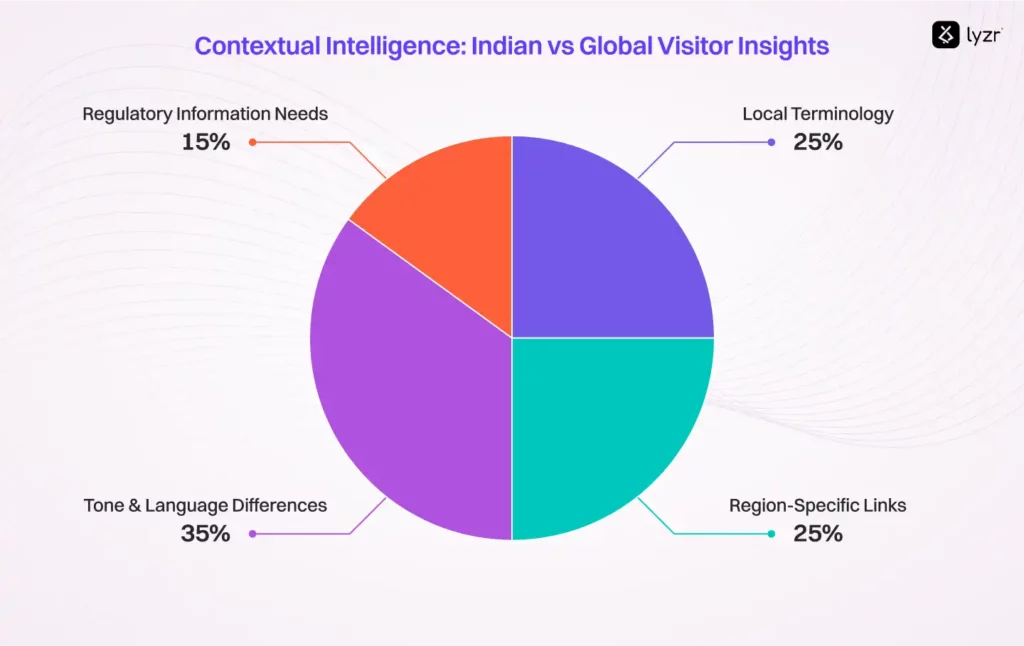
2. Live Lead Detection Inside the Conversation
The old model of sending users to static forms was broken. The new approach had to detect interest within the conversation and respond intelligently, in real time.
| Previous Model | New Approach with AI Agents |
|---|---|
| Static CTAs and forms | Dynamic prompts based on intent |
| One-size-fits-all messaging | Lead-specific conversation flows |
| Manual handoff to CRM | Instant HubSpot form integration |
| Drop-offs before engagement | Higher engagement and qualification |
Every message became a chance to qualify or convert, without relying on traditional handover logic.
3. Learning at Scale, Across Properties
Whether on the main site or microsites, the system needed to work off the same unified logic, and evolve from feedback. That meant weekly crawling of fresh content, instant learning from user signals, and the ability to deploy changes without engineering cycles.
How Lyzr Solved It with Multi-Agent Intelligence
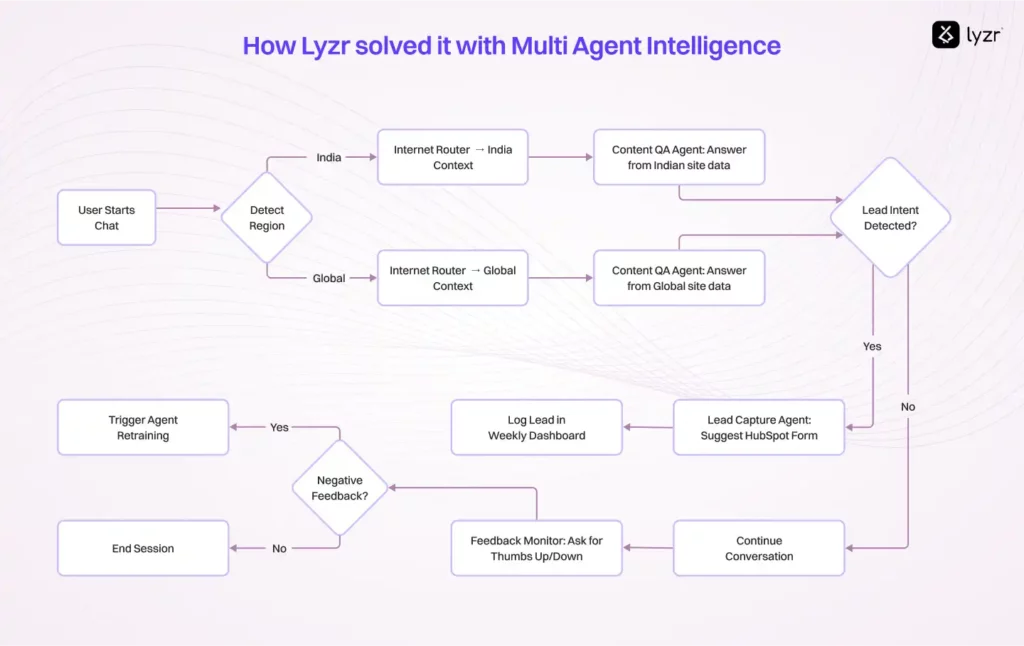
eMudhra implemented a multi-agent architecture using Lyzr Agent Studio to handle conversations intelligently, detect lead intent, and adapt to regional queries in real time. Each agent had a defined role and worked in sync through an orchestrator to ensure the right response at the right time.
Here’s how the system was structured:
Key Agents and Their Roles
- Intent Router Agent: Detects whether the user is from India or a global region and routes the query accordingly.
- Content QA Agent: Answers user queries by pulling information from crawled website content across
emudhra.com,emsign.com, andemsigner.com. - Lead Capture Agent: Identifies high-intent queries and suggests the user fill out a HubSpot form directly in the chat.
- Feedback Monitor Agent: Tracks thumbs-up/thumbs-down inputs to trigger agent retraining where needed.
Results & Impact: From Static Support to Lead-Ready Conversations
The new system didn’t just improve user experience, it reshaped how eMudhra’s websites handled conversations. What was once a reactive FAQ setup became an active, intelligent, lead-focused flow.
The impact showed up across three key areas:
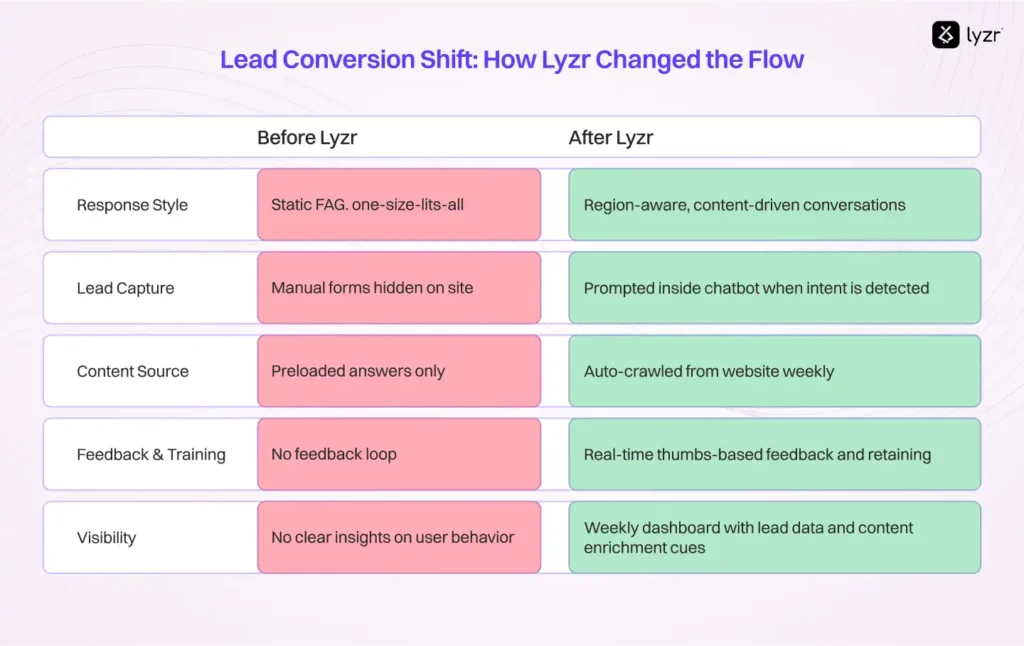
1. Better Engagement
- Users received region-specific responses instead of generic replies
- Answers were always current, thanks to weekly content crawls
- Conversations felt more relevant and timely
2. Smarter Lead Generation
- High-intent queries triggered HubSpot form suggestions automatically
- Lead capture happened inside the chat, not on static pages
- Teams no longer relied on manual tracking or follow-ups
3. Continuous Feedback and Improvement
- Each conversation ended with a thumbs-up or thumbs-down option
- Negative feedback looped back to Lyzr for agent retraining
- Weekly dashboards offered insights on top queries, lead activity, and improvement areas
Wrapping Up: Turning Conversations into Conversion Paths
For eMudhra, the challenge wasn’t volume, it was relevance. Users from across the world were asking questions, but the system wasn’t equipped to understand who they were, what they needed, or when they were ready to engage further.
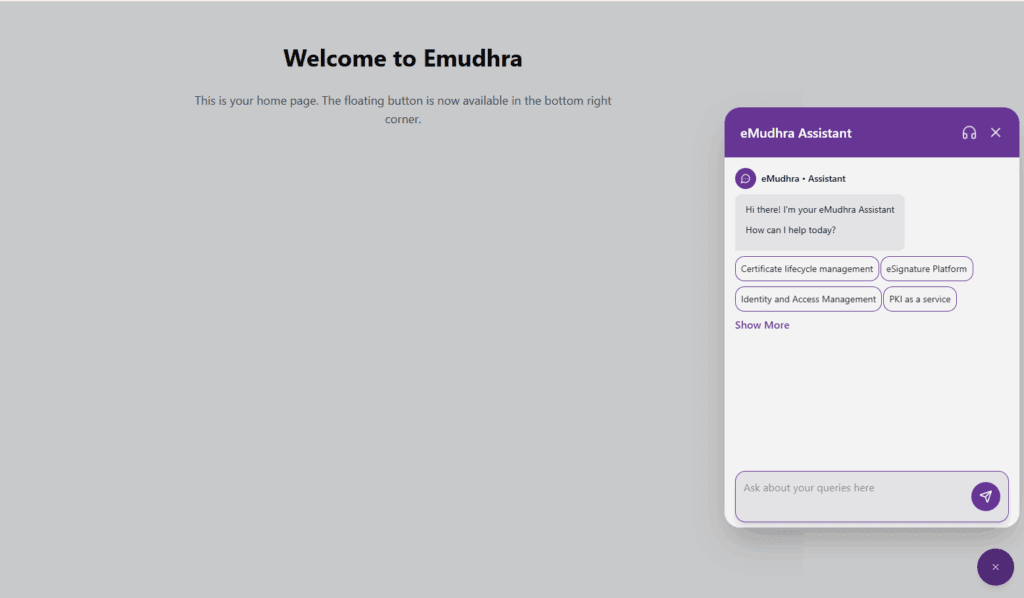
With Lyzr’s multi-agent setup, that changed.
Every chat now starts with regional awareness. Answers are pulled from the latest content, and potential leads are nudged toward HubSpot form, right when interest peaks. Behind the scenes, feedback signals train the agents continuously, and teams get weekly visibility into what users ask, what converts, and where the gaps are.
Support didn’t just get smarter. It became a core part of how eMudhra captures demand, right from the first interaction.
Looking to do the same? Book a demo with Lyzr and see how your website conversations can start delivering results
Book A Demo: Click Here
Join our Slack: Click Here
Link to our GitHub: Click Here


